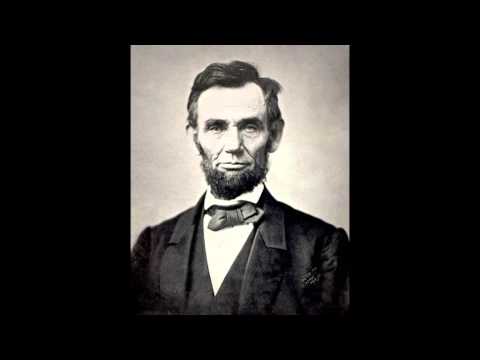The Democratic Party was established in 1828 by supporters of Andrew Jackson, who became its first elected President in 1829. During this time, the cornerstone of Jacksonian democracy was based on white male suffrage and populism. However, as the United States expanded westward, tensions surrounding slavery began to escalate. Southern Democrats emerged as staunch proponents of slavery’s preservation due to their reliance on slave labor for economic sustenance.
The issue of slavery ultimately led to a rupture within the Democratic Party during the mid-19th century. The divide between Northern and Southern Democrats became increasingly evident during the 1860 presidential election when Southern states seceded from the Union following Abraham Lincoln’s victory, sparking the Civil War. While Northern Democrats backed Lincoln’s Republican opponents during that election, they later coalesced with Republicans to support emancipation and ultimately played a vital role in passing the Thirteenth Amendment abolishing slavery.
Following Reconstruction after the Civil War, which aimed at assisting freed slaves with their social and political integration into society, Democrats began losing influence in southern states as Republicans gained support among African American voters. The rise of Jim Crow laws enforced racial segregation and discrimination across much of America until well into the 20th century – a period dominated by Democratic leaders.
However, changes came about as Franklin D. Roosevelt’s New Deal initiative took shape amid one of America’s greatest crises: The Great Depression. FDR’s policies shifted Democratic priorities towards interventionist governance, advocating for social welfare programs and increased rights for workers. These reforms greatly appealed to labor unions, the working class, and marginalized communities, leading to a significant realignment of voting blocs.
The Democratic Party’s civil rights journey accelerated during the 1960s when President Lyndon B. Johnson championed landmark legislation such as the Civil Rights Act of 1964 and the Voting Rights Act of 1965. Although these transformative measures faced strong opposition from Southern Democrats, Johnson formed a coalition with Republicans to pass these laws.
Fast forward to the 21st century, and the Democratic Party continued evolving its stance on social issues. In 2008, Barack Obama’s election as President marked a historic milestone in American politics. His campaign emphasized inclusivity, unity, and hope – ultimately resonating with voters from diverse backgrounds both within and outside of the Democratic Party. Obama’s presidency furthered key progressive policies such as healthcare reform through the Affordable Care Act (Obamacare) and efforts towards immigration reform.
The history of the Democratic Party is one characterized by both progress and setbacks. It has witnessed shifts in ideology from white supremacy to advocating for equal rights; from supporting slavery to embracing civil rights legislation; from Franklin D. Roosevelt’s New Deal era to Barack Obama’s groundbreaking presidency. Through these immense transformations over time, the Democratic Party continues striving towards a more inclusive future while recognizing and learning from its complex past.





